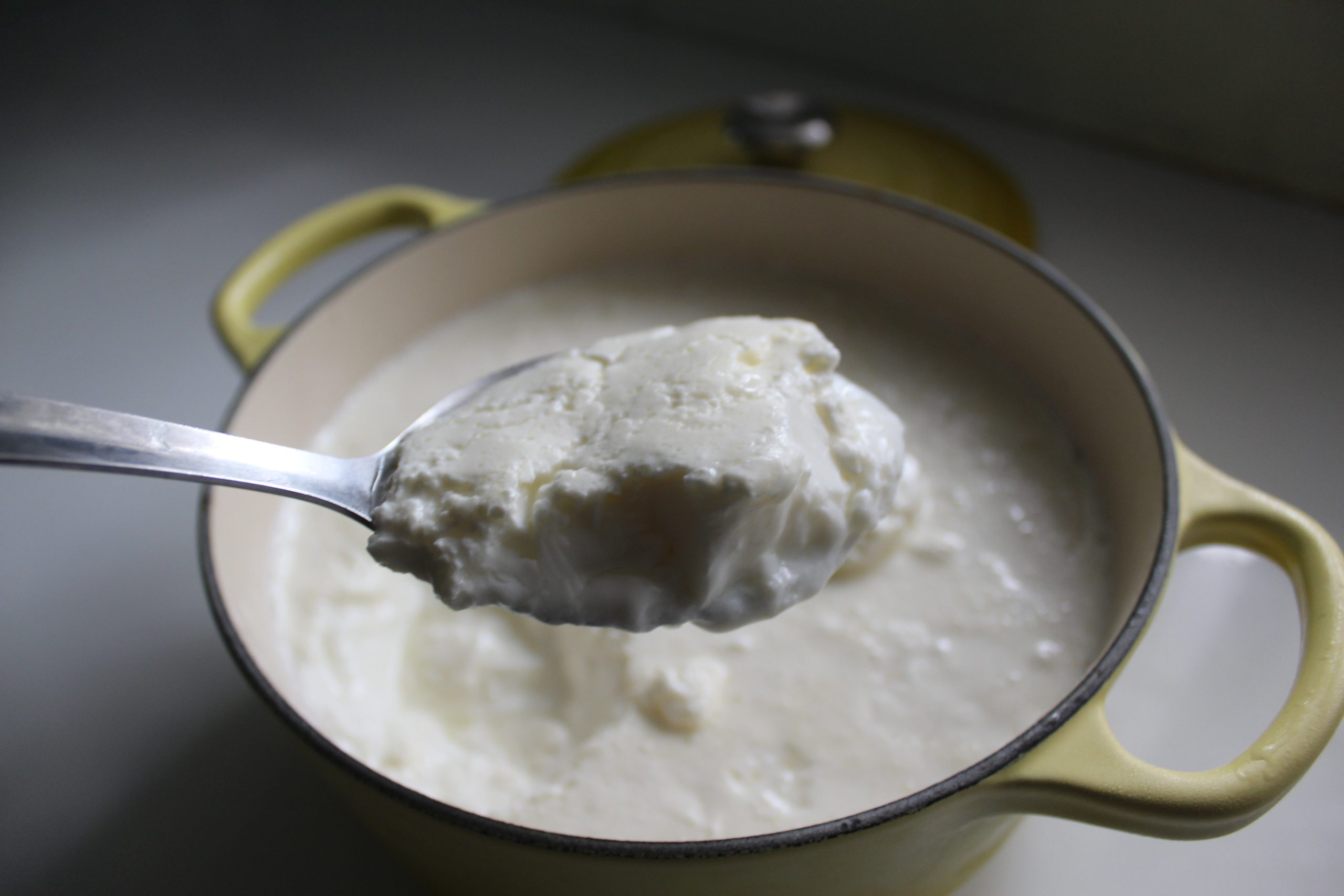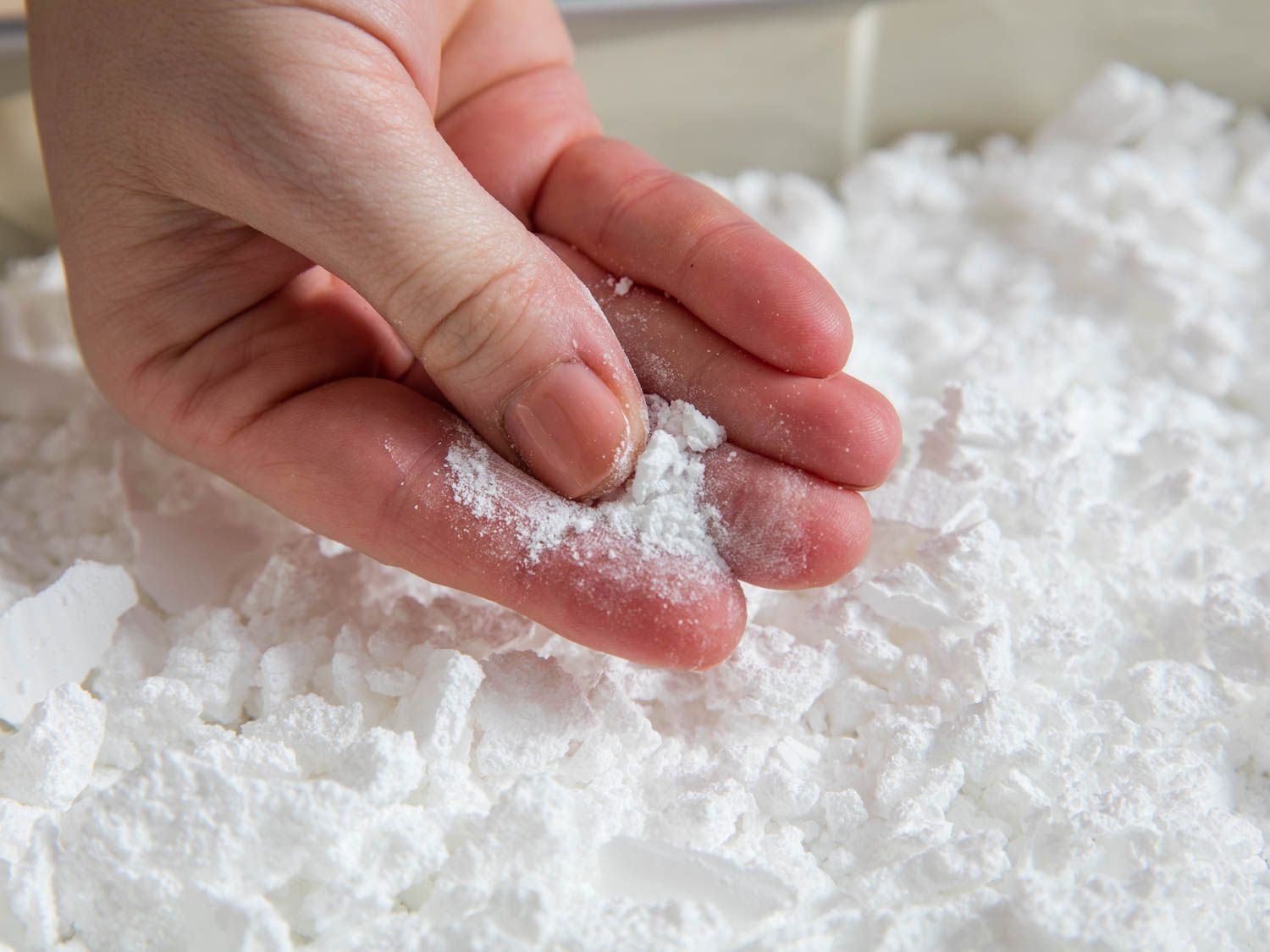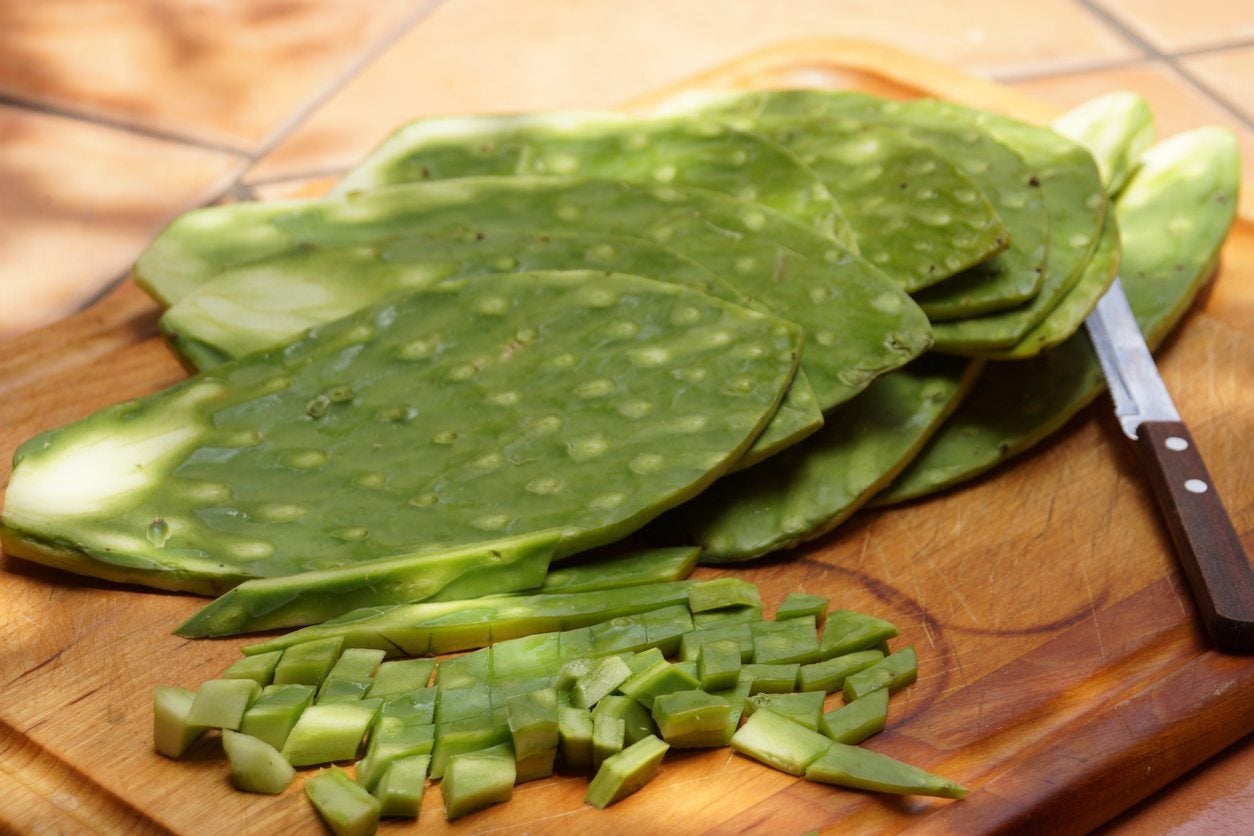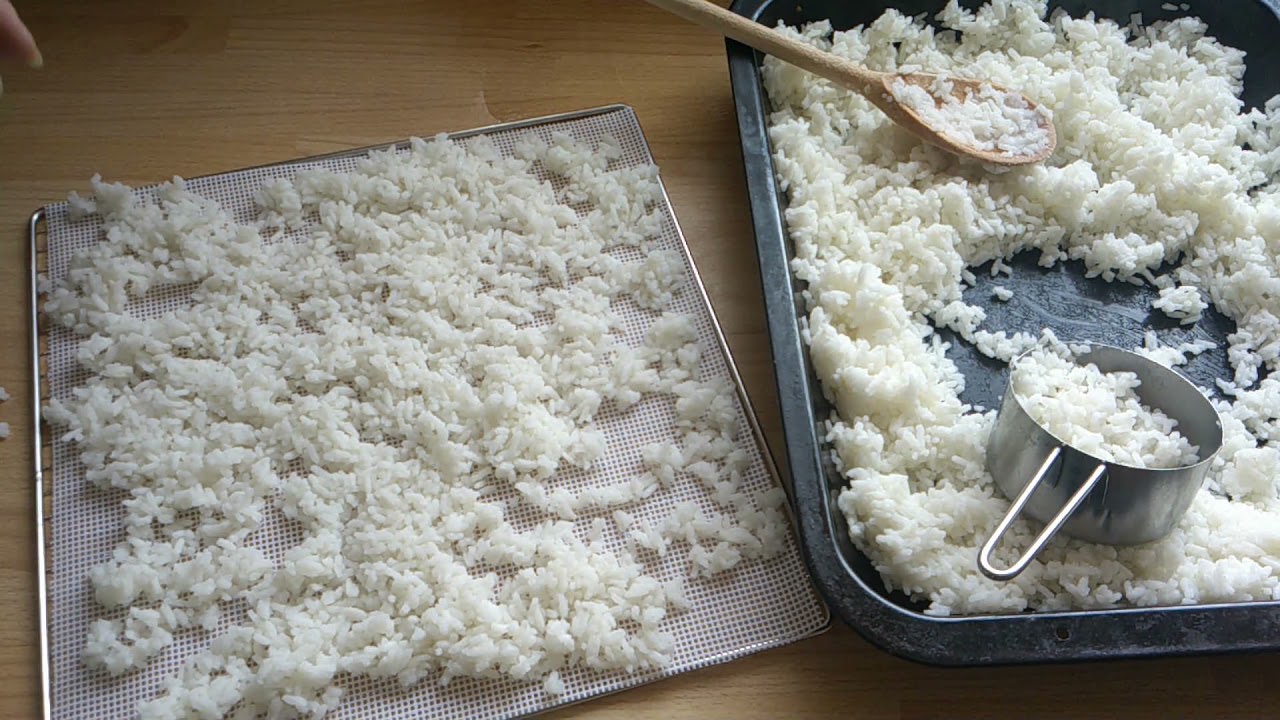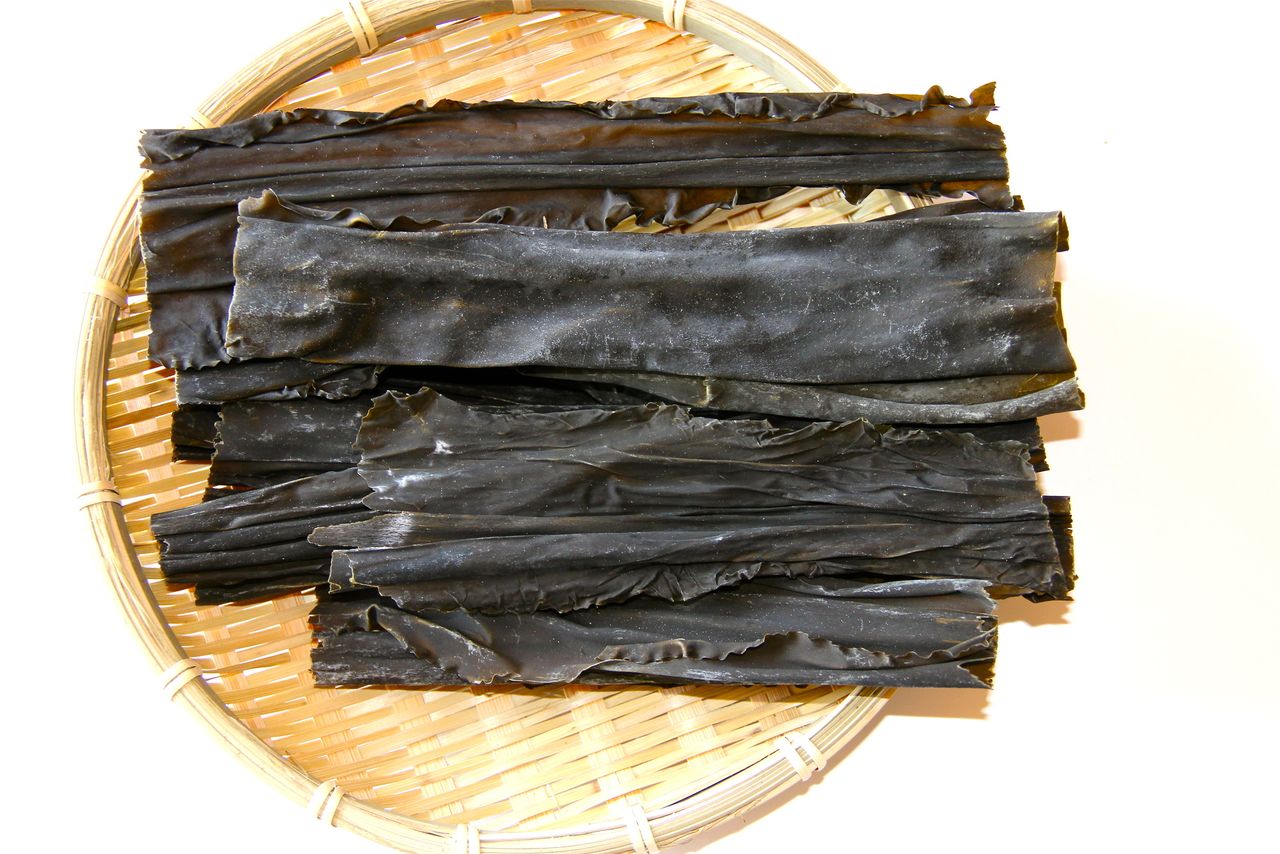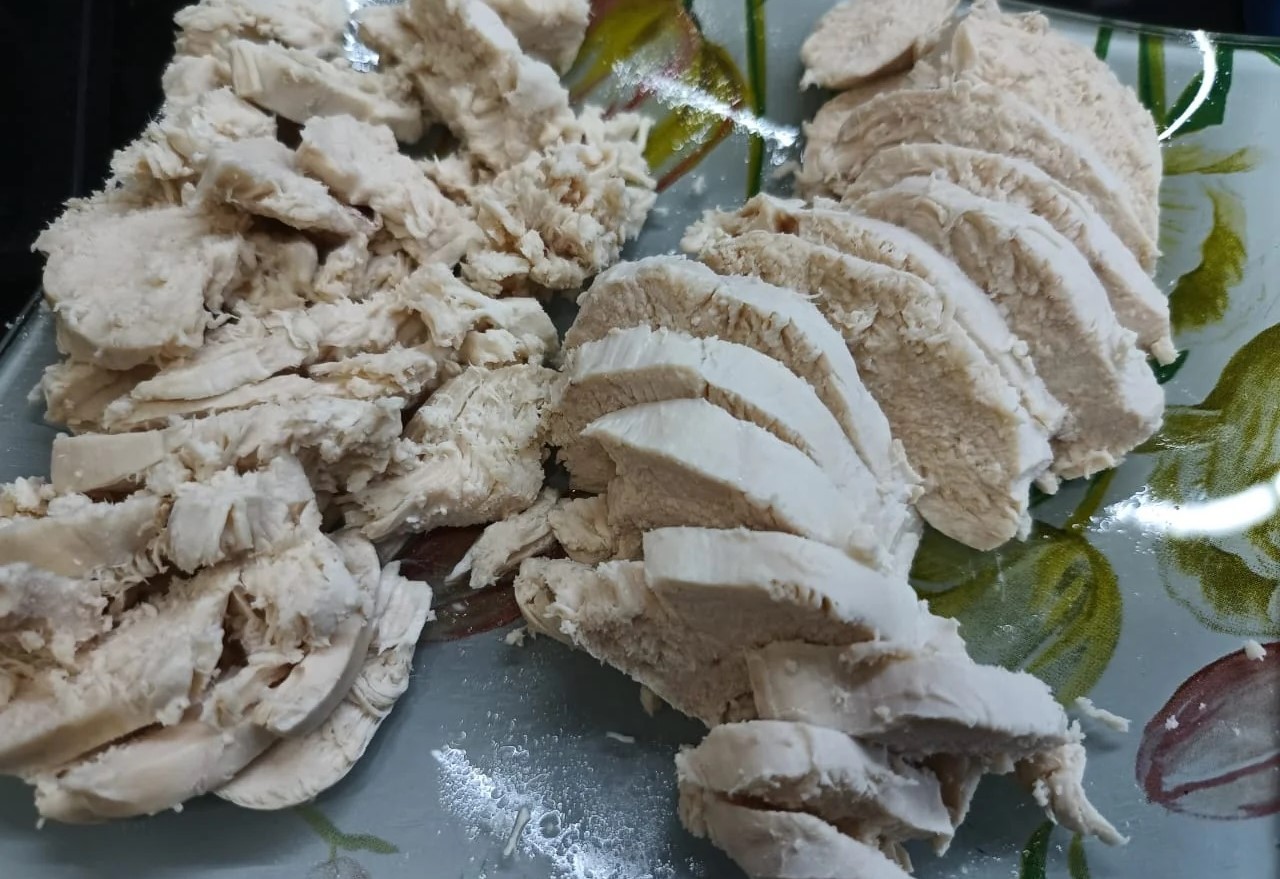Dehydrating Your Favorite Soup for On-the-Go Convenience
Are you tired of lugging around heavy cans of soup when you go camping or hiking? Or perhaps you want to stock up on your favorite homemade soup for long-term storage? Dehydrating your soup is the perfect solution! With the right tools and techniques, you can easily turn your favorite soup into a lightweight, portable meal that’s perfect for outdoor adventures or emergency preparedness.
Choose the Right Soup
Not all soups are suitable for dehydration. Cream-based soups, for example, may not dehydrate well and can become rancid during storage. Instead, opt for broth-based soups or vegetable soups, which tend to dehydrate more successfully.
Prepare Your Soup
Before you can dehydrate your soup, it’s important to prepare it properly. Here are the steps to follow:
- Make a fresh batch of your favorite soup or use leftover soup from a previous meal.
- Allow the soup to cool to room temperature before proceeding to the next step.
- Skim off any excess fat or oil from the surface of the soup to prevent it from going rancid during dehydration.
Dehydrate Your Soup
Now that your soup is prepared, it’s time to dehydrate it. There are a few different methods you can use to dehydrate soup, including using a food dehydrator or an oven. Here’s how to do it:
- If you’re using a food dehydrator, spread the soup out in a thin, even layer on the dehydrator trays. Set the dehydrator to the appropriate temperature for soups (usually around 135°F) and allow the soup to dehydrate for 8-12 hours, or until it’s completely dry and brittle.
- If you’re using an oven, spread the soup out on a lined baking sheet and set the oven to its lowest temperature. Prop the oven door open slightly to allow moisture to escape, and let the soup dehydrate for 6-10 hours, or until it’s thoroughly dehydrated.
Store Your Dehydrated Soup
Once your soup is fully dehydrated, it’s important to store it properly to ensure it stays fresh and flavorful. Here’s how to do it:
- Allow the dehydrated soup to cool completely before transferring it to airtight containers, such as mason jars or vacuum-sealed bags.
- Store the dehydrated soup in a cool, dark place away from direct sunlight and moisture. Properly stored, dehydrated soup can last for several months to a year.
Rehydrating Your Dehydrated Soup
When you’re ready to enjoy your dehydrated soup, simply rehydrate it with hot water. Here’s how:
- Place the dehydrated soup in a heatproof bowl or container.
- Pour enough boiling water over the soup to fully submerge it.
- Cover the bowl or container and let the soup rehydrate for 10-15 minutes, or until it’s fully rehydrated and heated through.
- Stir the soup well before serving, and enjoy!
Dehydrating your favorite soup is a simple and effective way to create lightweight, portable meals that are perfect for outdoor adventures or emergency preparedness. With the right soup choice and proper dehydration techniques, you can enjoy the convenience of dehydrated soup anytime, anywhere.
Explore More: Recipes and Applications
Now that you've mastered the art of dehydrating soup, it's time to put your skills to the test with a variety of recipes that are perfect for this technique. From the robust flavors of Hearty Beef Stew to the delicate nuances of Miso Soup with Tofu, there's a recipe to suit every palate. I recommend starting with Spicy Black Bean Soup because its flavors intensify beautifully when dehydrated, making it a hearty option for camping trips or quick meals. For those who prefer something lighter, Tomato Basil Soup is ideal, as it retains its vibrant color and fresh taste even after dehydration. Experimenting with these recipes not only broadens your culinary repertoire but also enhances your meal planning, especially for on-the-go dining experiences.
Was this page helpful?
Read Next: How To Dehydrate Dandelion Leaves
